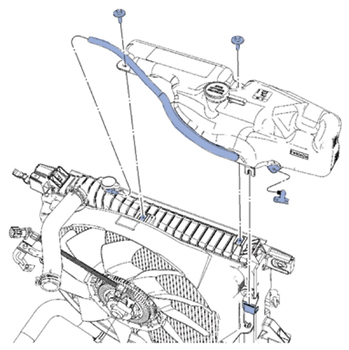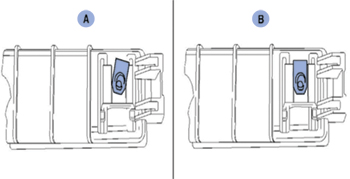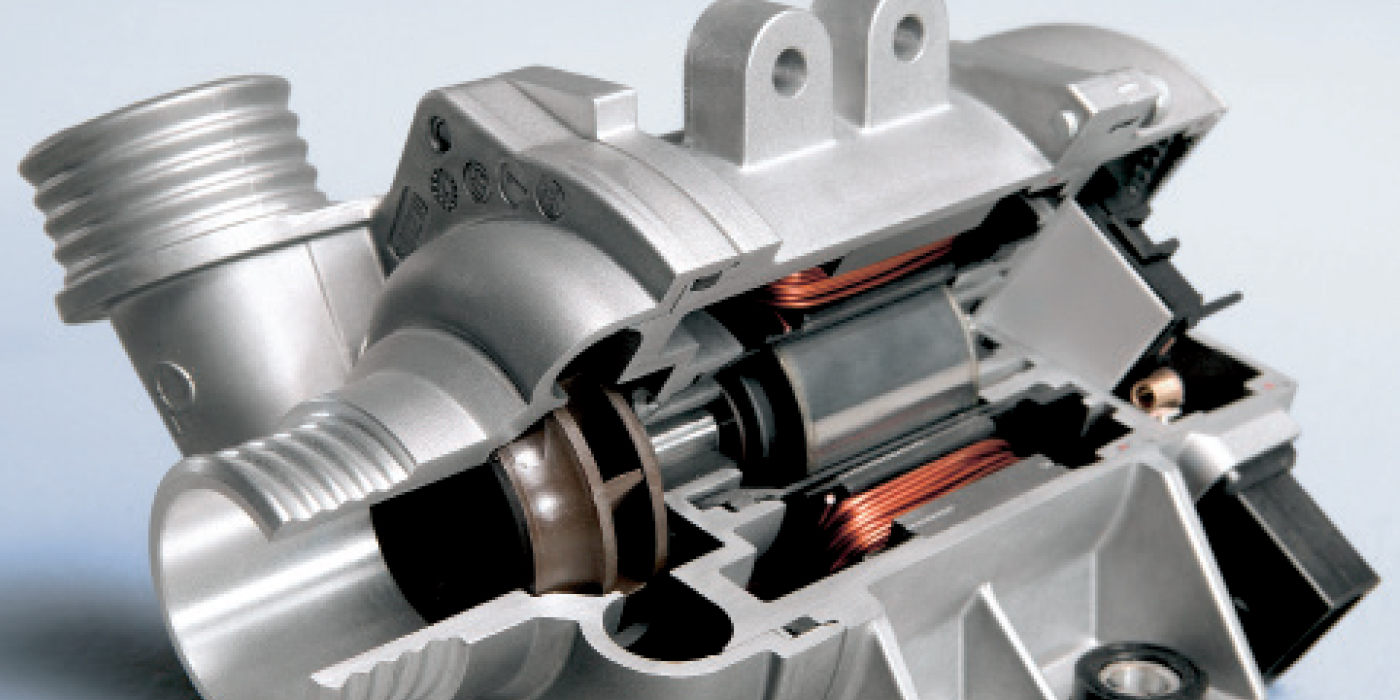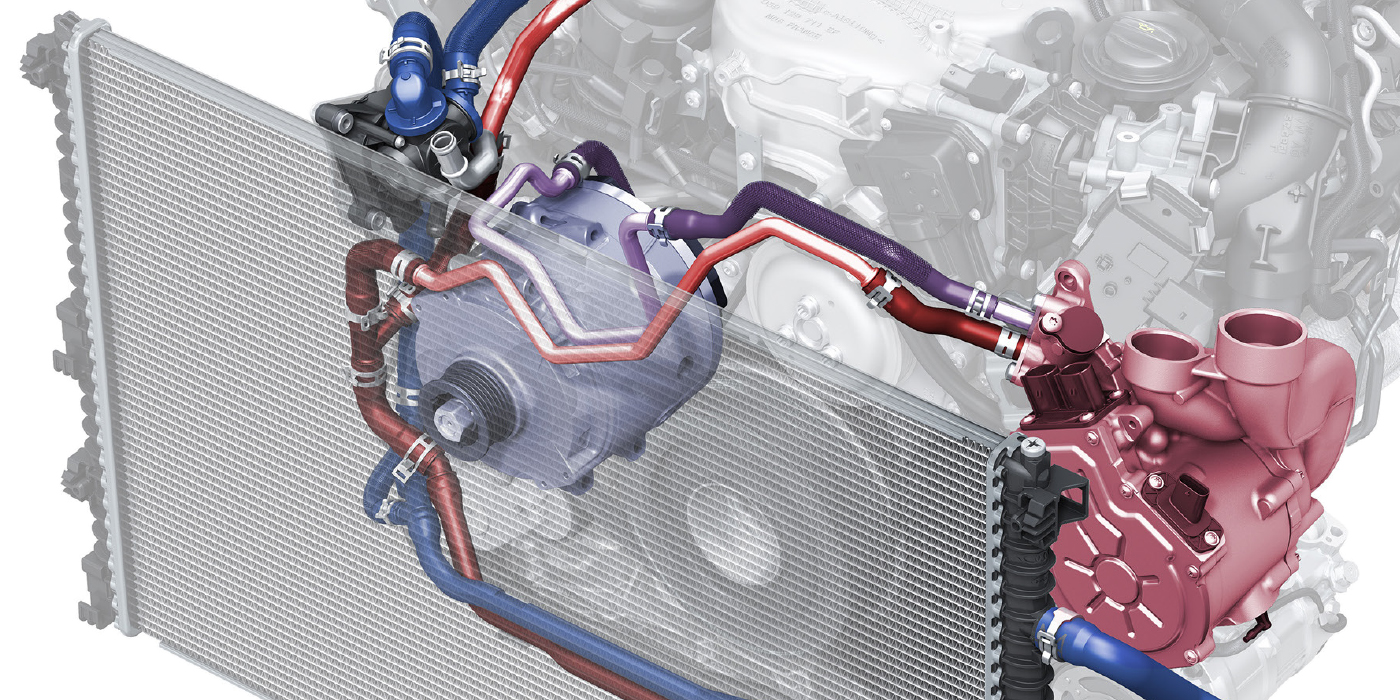 Some 2006-’09 Explorer, Mountaineer and 2007-’09 Explorer Sport Trac vehicles equipped with 4.0L engine may experience coolant leaking from the coolant expansion tank.
Some 2006-’09 Explorer, Mountaineer and 2007-’09 Explorer Sport Trac vehicles equipped with 4.0L engine may experience coolant leaking from the coolant expansion tank.
This may be due to cracks that develop in the coolant expansion tank at the radiator mounting bolt locations. Replace the coolant expansion tank. Follow the service procedure steps to correct the condition.
Service Procedure
1. Allow the engine to cool before removing the coolant expansion tank.
2. Disconnect the coolant overflow hose.
3. Remove the bolts and the coolant expansion tank (see Figure 1).
 4. Make sure the J clips in the upper radiator mounting boss sit flush (see Figure 2).
4. Make sure the J clips in the upper radiator mounting boss sit flush (see Figure 2).
5. Install the updated coolant expansion tank (P/N 8L2Z-8A080-B).
6. Use the new bolt fasteners.
7. Torque to 43 lb.-in. (4.8 Nm).
8. Connect the coolant overflow hose.
9. Verify proper coolant level.
Courtesy of Mitchell 1.













